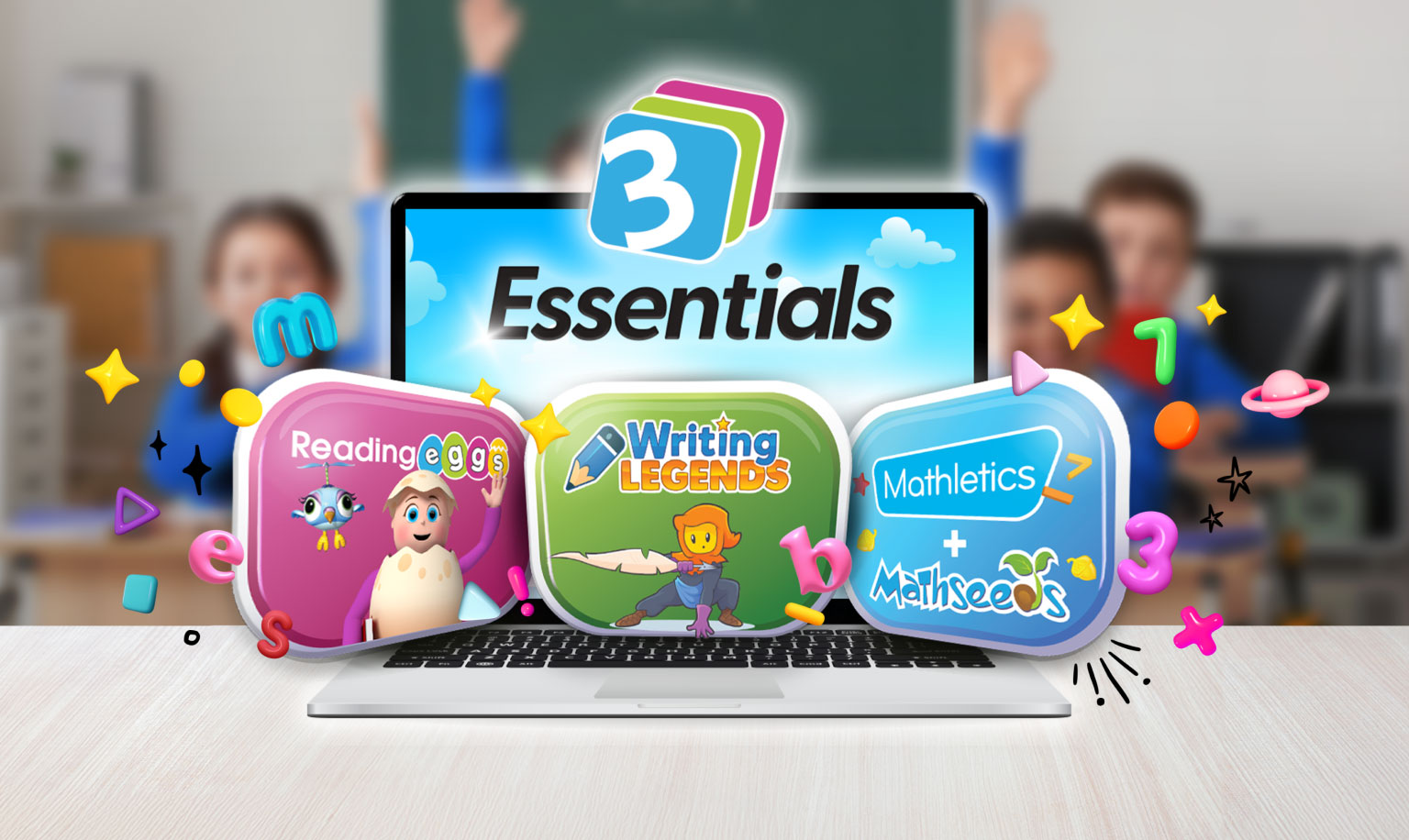
You want your students to stop throwing a ball around the class. Is it better to let them keep the ball and give them detention, or take the ball away?
Negative reinforcement is a classroom management strategy that focuses on removing (or negating) stimuli from students to promote positive behaviours.
In our example, you’d take the ball away from the students – you’re negating (or removing) the stimuli in the environment that’s encouraging bad behaviour. Sure, the ball wasn’t complicit, but you’ve achieved what your goal without adding (positive) anything to the situation.
Let’s dig a little deeper.
How Does Negative Reinforcement Change Our Behaviour?
It’s called ‘operant conditioning‘ – it’s the link we make between a behaviour and a consequence.
For it to be effective, you need to get onto it fast.
Let’s say your students have been throwing the ball for the last 30 minutes. When you remove the ball, you could be faced with a lot of – probably insincere – indignation. They’ve been practising the behaviour for half an hour, what gives now?
Negating the ball in the first couple of seconds is going to make that link – the operant conditioning – stronger. Your students will perform a behaviour and see, feel, and understand the immediate consequence.
Here’s what it looks like in practice:
What Negative Reinforcement Is (And What It Isn’t)
The aim of negative reinforcement is to increase the likelihood of the behaviour recurring by removing or acting to avoid negative behaviours.
Reinforcement (positive or negative) is ultimately about increasing behaviour. Positive reinforcement uses addition to achieve this, negative reinforcement uses subtraction.
Negative reinforcement isn’t punishment.
Punishment aims to decrease behaviour – your students are throwing the ball, you throw out a witty one-liner about their prowess, and detention is given.
Negative reinforcement increases behaviour – actually paying attention and not distracting other students – by removing the object that’s causing the distraction.
What Makes Negative Reinforcement Effective?
Like other reinforcement strategies, negative reinforcement needs three elements to work: immediacy, frequency, and consistency.
Immediacy: Be fast! You’ll want your students to know asap that their behaviour will have consequences. The longer time between the action and the consequence, the more your students will feel like their behaviour is acceptable.
Frequency: Do it often! If the situation calls for it, go for it, whether it’s continually removing stimuli because of one incident or many stimulus after 20 incidents. Punishment loses its edge, where negative reinforcement continually focuses students to work for better behaviour.
Consistency: Be fair! Showing a consistent approach will set their operant conditioning, unless you remove a ball one day, and not the next, and only for some students, and so on. Let them see – and come to expect – that if they show bad behaviours then something will be removed.
Is Negative Reinforcement a Good Classroom Management Strategy?
Like any classroom management strategies, it has strengths and weaknesses, and will depend on your class’ needs, your teaching style, and if they’ve brought more than one ball into the classroom.
Need more help with classroom management?
We’ve got you covered – check out our mega list of 40 Classroom Management Strategies, or download printable classroom management resources via the link below.










